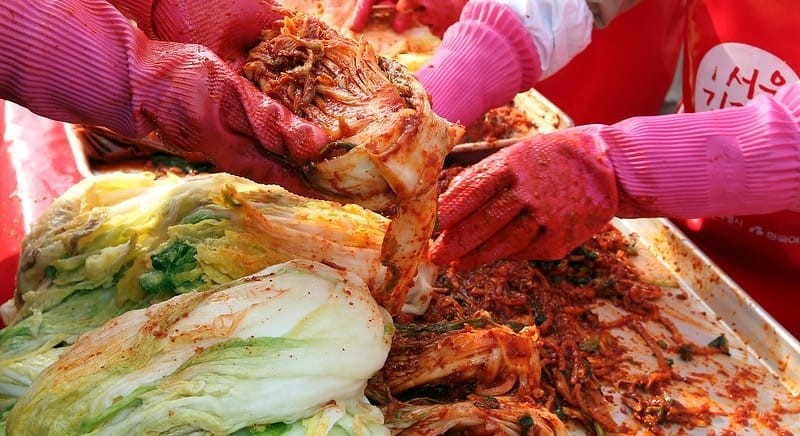During in-person certified food protection manager training, we get the opportunity to discuss food safety issues that are unique to our students’ businesses. On occasion, we have students looking for clarity on specific food preparation methods that may not directly be covered by the Minnesota food code. If there the code lacks guidelines that specifically address a certain cooking process does that mean that there are no rules or that that process is not allowed? The answer isn’t always that simple, so let’s take a look at how certified food protection managers can evaluate and get MN Department of Health approval for specialized processes not directly covered by the food code.

Tips For Certified Food Protection Managers Using Specialized Processes Not Covered By MN Department of Health Food Code
When we refer to specialized processes, we’re talking about cooking and curing methods beyond the basics. Some specialized processes we’re asked about include:
- Fermentation and Canning
- Curing Meats
- Reduced Oxygen Packaging
- Operating a Live Shellfish Tank
All four of these specialized processes and others not outlined by the current Minnesota Department of Health food code require a written hazard analysis and critical control point plan (HAACP) and a variance approved by the health department. Without this variance, your business could fail a health inspection if you do not have an approved HAACP in place.
Fermentation and canning require a variance because they involve preservation processes that utilize additives such as vinegar or fermenting product outside of approved temperatures. Some examples include kimchi, jams and pickled items. Curing meats involves adding nitrates and other preservatives to create charcuterie, salami, jerky and other preserved items. These processes are not regulated by the current heath code and would be outlined as violations if not approved by your local health department.
The rules surrounding reduced oxygen cooking and packaging processes such as sous vide, vacuum packaging and other modified oxygen processes are also not clearly outlined and require special guidance from the health department. Some seafood restaurants may choose to keep live shellfish on display in a tank where customers can choose their meals, while it may not seem like a large risk, these types of display aquariums that contain servable product must be also approved.
Obtaining a variance isn’t as difficult as it may seem. Most health inspectors are willing to work with certified food protection managers in order to keep food safe and allow for creativity. Before applying for a variance make sure your consider a written plan that includes:
- A food safety hazard analysis
- Critical control points
- Limits for preventative measures
- Monitoring procedures
- Corrective actions during monitoring
- Effective record keeping protocol
- Procedures to ensure the HAACP is working
If you have any trouble constructing a HAACP plan, it may be wise to consult with your local health inspector to ensure that your procedures are keeping your specialized processes safe .
Do you use Special preparation procedures not outlined by the Minnesota food code that may need MN Health Department approval?


